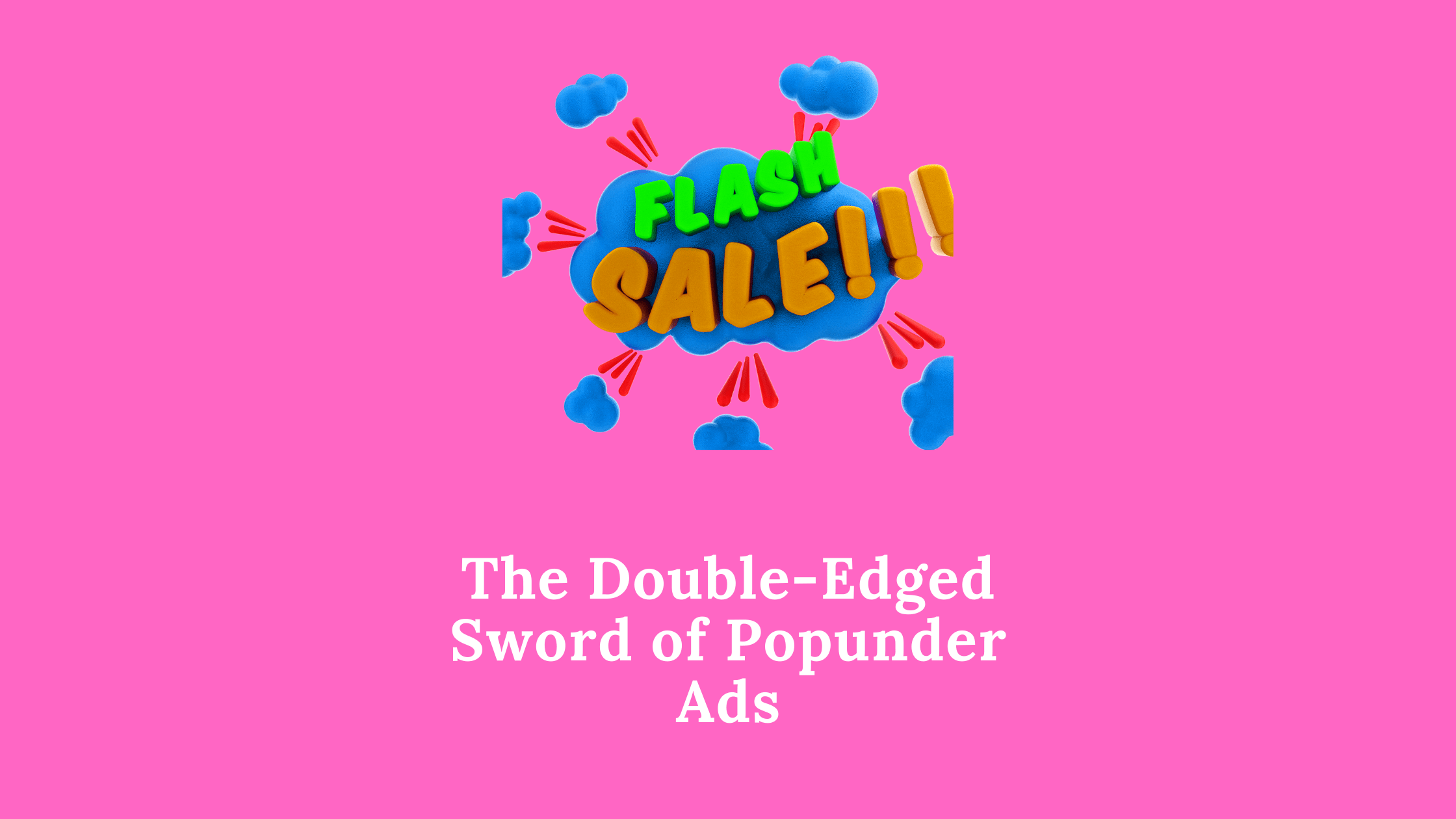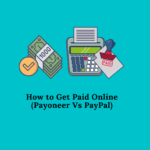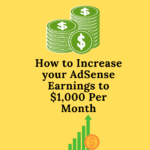What is a popunder ad? A popunder is an advertisement that pops up on the lower part of your screen while you’re browsing, waiting for you to close out. Popunders are designed with a strategic intent: they allow advertisers to target people who have shown interest in their product or service by visiting their website but didn’t take the next step and buy it. Pop-Under ads can be very effective when used correctly, being able to generate high ROI for advertisers with zero upfront costs. However, popunders can also backfire if not done properly. Read this article now so we can explore how popunder ads work and discuss some best practices!
A brief history of pop advertising
Before we jump into the nitty gritty of popunders, let’s take a look at how pop advertising came to be. Pop-ups (not to be confused with popunders) are advertisements that open in a new window or tab on top of the page you’re viewing. They were first popularized by Netscape Navigator in the 1990s as a way to promote their web browser and increase traffic. The technique was quickly adopted by other websites and became an effective way to grab users’ attention.
In recent years, however, pop-ups have become less and less popular due to being disruptive and annoying. Users have learned how to close them out without ever actually seeing the ad, defeating its purpose. This has led website owners and advertisers to search for new ways of getting their message across, which is where popunders come into play.
A brief history of popunder ads
Pop-unders are very similar to popups in that they both open on top of the page you’re currently viewing and typically contain advertisements or content related to what you were originally looking at. However, unlike popup ads, a person must interact with the webpage before any visible elements appear (i.e., moving your mouse arrow over it). This allows advertisers to push an ad only when people have demonstrated some level of interest by visiting the advertiser’s website but not completing a desired action such as buying something or signing up for a newsletter/email list etc… The result is higher engagement rates than traditional popup ads, and in turn more conversions.
Popunder ad impressions vs clicks popunders are typically less intrusive than traditional popup ads because they wait until a person is done with the current webpage before appearing (popups appear on top of any page you visit). This makes them much less distracting to users who may have decided against clicking through if it meant closing out their entire browser window each time an advertisement appeared. Not only that but since people tend not to close out popunder windows immediately, advertisers get multiple chances at capturing someone’s attention (impressions), rather than just one click-through opportunity like with regular popup ads. The result? Higher conversion rates for both user engagement and overall website traffic! It should be noted that there were revenue discrepancies in the study as some respondents clicked on popunders but did not actually view the ad, while others who viewed the ad did not click.
The advantages of using popunder ads
There are several reasons why you should consider using popunder ads for your business:
- Zero upfront costs: Unlike traditional advertising methods such as print or television, there is no need to spend a large sum of money in order to start running popunder ads. In fact, many networks will give you a set budget to get started and will only charge you once your campaign hits its target.
- Ease of use: Setting up a popunder campaign is simple and can be done in minutes without any programming knowledge required. All you need is a creative and a landing page to direct your traffic to.
- Targeting options: Popunders offer the ability for you to target specific demographics based on interests, age, location, and more. This ensures that your ad is only being shown to people who are actually interested in what you have to offer.
- Trackable results: Unlike other advertising methods, popunders provide detailed tracking information such as how many times an ad was viewed, how long it was viewed for, and even which pages it was viewed on. This allows you to constantly tweak and improve your campaign until you achieve the desired results.
The disadvantages of using popunder ads
Just like with anything else in life, there are some potential drawbacks that should be considered before deciding to use popunders:
- Distraction: As mentioned earlier, popunders can be very intrusive and distracting if not used correctly. This is especially true if an ad pops up while a person is in the middle of completing an important task such as typing out an email or writing a report.
- Negative sentiment: Due to their intrusive nature, some people have developed a negative perception towards popunder ads and will immediately close any window that appears. While this may not be a problem for businesses with high click-through rates, it could hurt those who are struggling to generate engagement.
- User annoyance: Similar to the previous point, some users may find popunders annoying and overwhelming, impacting brand loyalty and trust.
- Competition: The use of popunders has become increasingly popular in recent years, so it’s important to make sure that your campaign is differentiated from the rest. Failing to do so could result in lost traffic and revenue.
Overall, popunder ads offer a number of advantages over traditional advertising methods such as increased engagement rates and conversion rates. However, they must be used correctly in order to avoid negative sentiment and user annoyance. By understanding the pros and cons of using popunders, businesses can make an informed decision on whether this type of advertising is right for them.
FAQs
Q: How do I create a popunder ad?
A: Creating a popunder ad is simple and can be done in minutes without any programming knowledge required. All you need is a creative and a landing page to direct your traffic to.
Q: Who should use popunders?
A: Popunders are most effective for businesses with high click-through rates as they provide an opportunity for users to engage with the advertiser’s content without interrupting their browsing experience.
Q: Are my visitors safe from viruses when they view my popunder ad?
A: Yes! Popunders have been designed to not contain any malware or spyware which could harm your users’ computers or devices. All you need is a creative and a page where users will be redirected to.
Q: Can I use popunders on my website?
A: Yes! You can use popunders on any website as long as you have the appropriate permissions from the site owner. All you need is a creative and a landing page to direct your traffic to.
Q: What are the click-through rates for popunder ads?
A: Click-through rates vary depending on a number of factors, but typically range from 0.05% – 0.50%. It’s important to remember that these rates will fluctuate over time so it’s important to constantly test and tweak your campaign to achieve the best results possible.
Q: Can I run popunder ads alongside other types of advertising methods?
A: Yes! Many companies choose to incorporate various forms into their marketing strategy in order to achieve maximum results for their business goals. For example, some people may find it beneficial to create several different ad variants such as static banners or text links before deciding if they would like to experiment further with popunders or similar formats.




